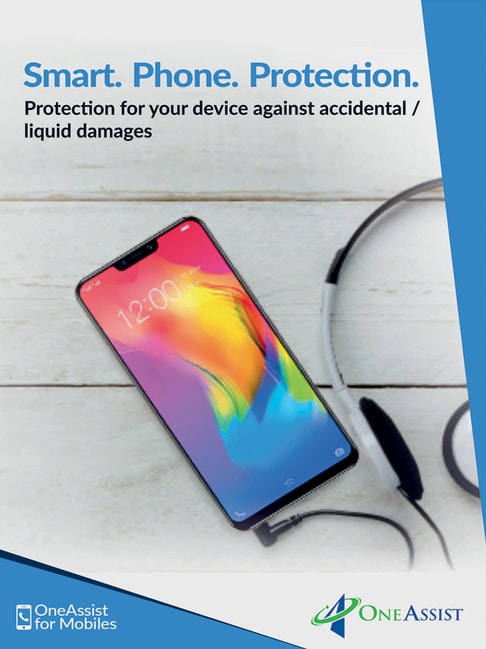Protecting Your Smartphone from Accidental Drops
Introduction
Smartphones have become ubiquitous in modern society. However, their sleek designs lack the durability of older “brick” phones. Accidental drops are one of the biggest threats to a smartphone’s lifespan. In this guide, we will explore the outcomes of unintentional drops, factors that influence damage levels, and tips for preventing accidents.
The Scale of Potential Damage from Dropping Your Phone
Over 2.5 billion smartphones were sold globally in 2020, making them one of the most common consumer electronics. With such widespread use, accidental drops are inevitable for many owners. The delicate internals leave smartphones vulnerable to a range of potential damage outcomes. Drops from minor heights onto soft surfaces like carpet pose little risk. However, falling onto hard floors from shoulder or table height can shatter screens or damage vital components. Understanding this scale is important for assessing drop risks and protecting your investment.
How Impact Factors Influence Damage Levels
Several variables determine the effects of an accidental drop: Height: Drops from greater heights impart more force. Falls over 3 feet pose higher risks than short tumbles. Surface: Smooth, hard floors concentrate impact forces, while soft, irregular surfaces cushion blows. Carpeting is less dangerous than tile or wood. Point of Impact: Drops directly onto corners or edges subject components to more localized pressure than flat impacts. Assemblies: Internally, fragile chips and connectors must withstand shocks transferred through the case. Impacts near edges transmit more force throughout. These impact factors combine to produce damage outcomes ranging from negligible to catastrophic. Accounting for them helps predict risks and take appropriate precautions.
Minimal Damage: Cosmetic and Intermittent Issues
Minor drops may only cause superficial blemishes. Short falls onto carpeting occasionally yield no visible effects. Slightly higher impacts can produce light scuff marks or scratches that don’t hinder use. Inside, unimportant ribbons or ports may start working intermittently. While annoying, these minimal issues rarely necessitate repairs. Basic screen protectors often prevent even such superficial damage.
Moderate Damage: Repairable but Costly Breakage
Drops from waist-height onto tile unfortunately move beyond merely aesthetic defects. These medium impacts can crack protective glass or split weak plastic seams. Malfunctions emerge as moisture sensors stop working or SIM card slots refuse cards. Moderate damage necessitates repairs, which specialists can perform for $100-$300 depending on parts required. While expensive, fixing such breakage still comes cheaper than a full replacement in many cases. Comprehensive protective cases can lower risks of moderate impacts.
Severe Damage: Irreparable or Prohibitively Costly to Repair
Sadly, major drops shatter dreams. Falls from shoulder-height or higher directly onto corners usually spell the end. Strong impacts generate cracks that branch throughout fragile screens. Internal components like logic boards and connectors may become dislodged from their sockets or break entirely. At this level of damage, repair costs often rival or surpass replacement values. Technicians may not even want to attempt complex subsystem repairs. The phone essentially becomes an expensive paperweight without a new case transplant. Rugged cases and vigilance provide the only defenses against severe drop damage.
Diagnosing Internal Failures
While outward signs like cracks clearly signal screen damage, inner component breaks prove more subtle. Phones may charge but refuse to power on, display ghost images, or suffer intermittent power/volume responses after falls. Such vague symptoms hint at loose ribbons or chips requiring opening for diagnosis. Microscopic solder cracks, detached shields, and detached flex cables commonly plague the internally damaged. Without disassembly, these stealth defects simply appear as mysterious glitches.
Evaluating an Impact: Repair vs Replace
After any drop, carefully examine for breaks before powering on. Note hairline cracks demanding attention versus minimal scratches. Consider repair cost against phone’s resale value. Manufacturers often offer flat rates for specific repairs like screen replacements through authorized centers. However, complex multilayer board failures may prove impossible or too costly to fix economically. In those dire situations, replacements provide the most realistic solution. With care and foresight, impacts can remain merely annoying instead of financially catastrophic.
Pursuing Phone Durability
Technology delivers both convenience and fragility unfortunately. Most users accept elegant, portable designs over more tank-like builds. However, seeking durability ratings aids in finding the toughest devices. Reputable review sites test drop heights, pressures, and ingress protections to provide objective comparisons. MIL-STD 810G and IP68/IP69K certifications reassure buyers of ruggedness. While premiums apply, investing in solid construction proves worthwhile when protecting costly daily tools. Common precautions like grips or bumpers complement built-to-last bodywork.
Preventing Accidents through Awareness and Accessories
With awareness of damage likelihoods, proactive steps help safeguard devices. Heavy-duty cases shield screens and corners from impacts. Thermoplastic polyurethane cases provide shock-absorbing rigidity. Pair cases with shatterproof films to form a defensive barrier. Caution around surfaces like tile prevents unfortunate bounces. Be especially mindful with pets, children, or vehicles where falls readily occur. Consider wireless charging mounts for areas prone to accidental knock-offs. Implementing basic protective measures transforms an everyday necessity into a resilient partner that withstands minor mishaps.

